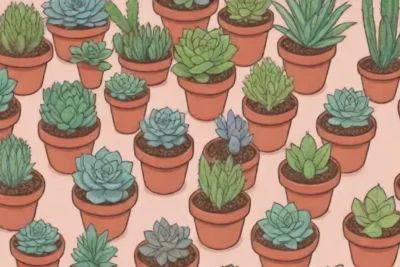
Understanding Roots: What Happens When You Repot Succulents
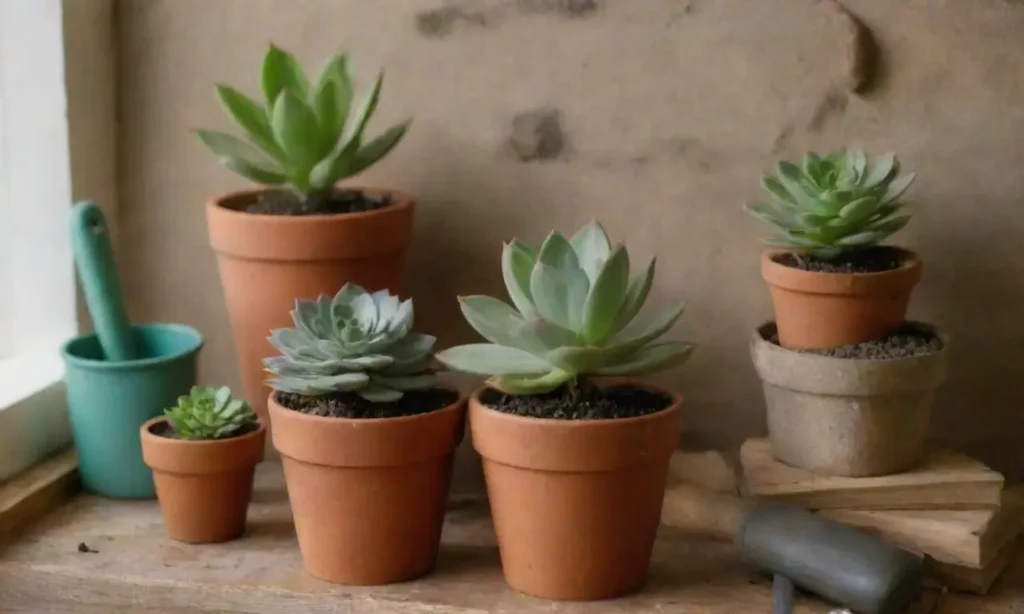
Introduction
Succulent plants have gained immense popularity in the realm of houseplants due to their unique aesthetics and low maintenance requirements. Known for their ability to store water, they thrive in arid conditions and are incredibly forgiving for both novice and experienced plant enthusiasts. However, one essential aspect of succulent care that often goes overlooked is the necessity of repotting. Repotting succulents may seem like a straightforward task, but it involves understanding the roots and their growth patterns, which are crucial to the plant's overall health and vitality.
In this article, we will delve into the intricacies of succulent roots and what happens during the repotting process. We will explore why repotting is essential, the signs that indicate your succulent needs repotting, the step-by-step procedures for a successful repotting, and the best soil and potting practices for these lovely plants. Whether you're a seasoned succulent owner or just starting, this comprehensive guide will equip you with the knowledge necessary to care for your roots properly and ensure your succulents flourish.
The Importance of Repotting Succulents
When it comes to succulent care, repotting plays a pivotal role. The practice of repotting is not merely about transferring the plant from one pot to another; it is a significant part of optimal plant care. Over time, as succulents grow, their roots extend, and they begin to outgrow their containers. A tightly bound root system can lead to several problems, including stunted growth and increased susceptibility to diseases.
Initially, succulents have enough space to thrive within their original pots; however, as they grow, they require more room for their roots to breathe and expand. If a succulent is left in a pot that is too small, it won’t just run out of space—it can also become root-bound. In a root-bound state, the roots begin to circle around the pot, restricting nutrient uptake and water absorption. This can lead to yellowing leaves, mushy textures, and even the potential for root rot—an affliction that is difficult to recover from.
Another significant reason for repotting is the soil condition. Over time, potting soil can degrade, losing its essential nutrients or becoming compacted. Compacted soil does not allow for proper drainage, which is crucial for succulents that are susceptible to root rot due to overwatering. By repotting, you have the opportunity to refresh the soil, providing new nutrients and improving the aeration of the root system, thereby ensuring your succulent remains healthy.
Signs Your Succulent Needs Repotting
Identifying whether your succulent requires repotting can sometimes be tricky. However, there are several key indicators you can look out for. First and foremost, watch for signs of stunted growth. If your once-thriving succulent has stopped growing or is producing smaller leaves, this could be an indication that its roots are confined. A healthy succulent should continuously grow new leaves in the spring and summer; if it doesn’t, consider checking its roots.
Another common sign is the presence of roots emerging from the drainage holes of the pot. Succulents that are pot-bound often exhibit roots that escape through the bottom, indicating they are begging for more space. If you notice this, it’s definitely time for a repotting. Furthermore, browning or mushy leaves can also be telltale signs; when the roots are suffocated from lack of space or proper drainage, the plant will exhibit stress signals through its foliage.
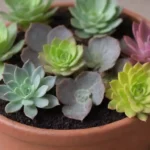 Repotting Succulents: Signs That Your Plant Needs a New Pot
Repotting Succulents: Signs That Your Plant Needs a New PotLastly, repotting may be necessary after you’ve purchased a succulent from a store. Most store-bought succulents come in temporary pots with inadequate drainage and low-quality soil. Transferring your new plant to a higher-quality pot with the right soil mix can jumpstart its growth and health, making it an essential step many new plant owners may overlook.
The Steps to Successful Repotting
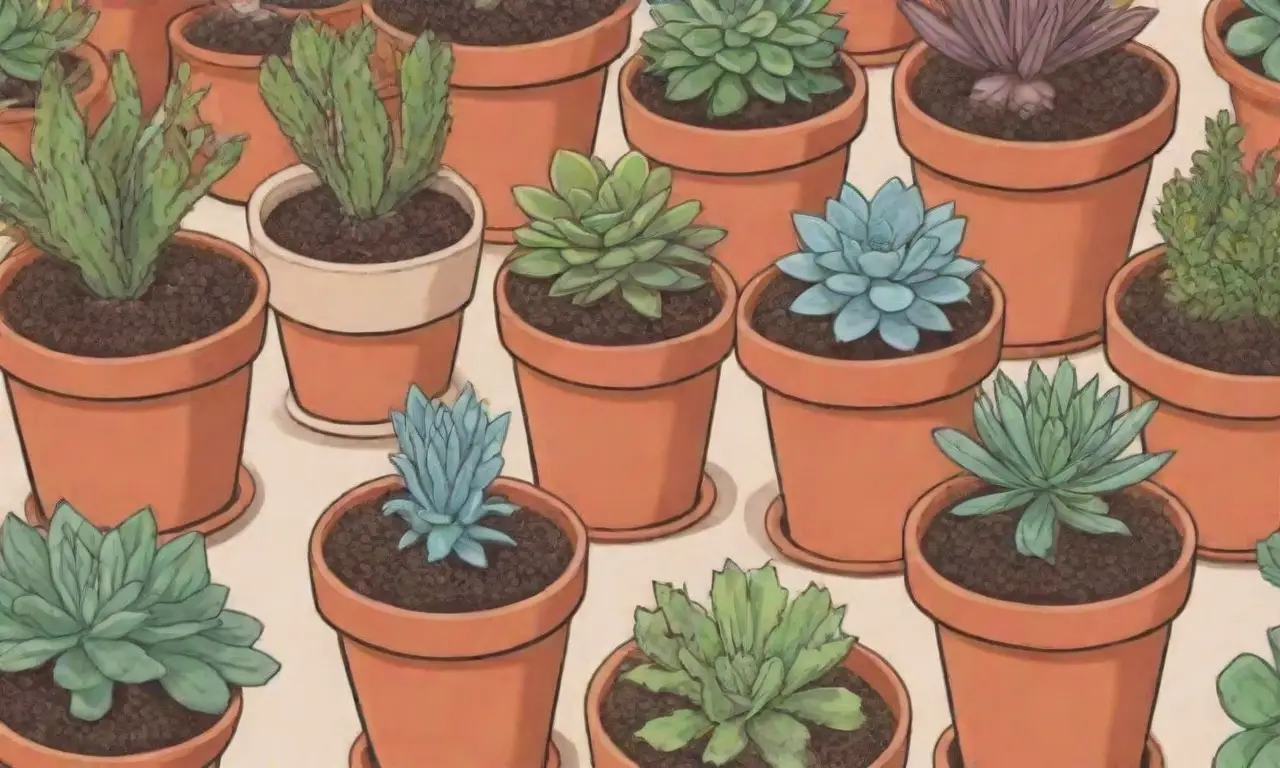
Repotting may seem simple, but it requires attention to detail for optimal results. Start by gathering the necessary materials. You’ll need a new pot with adequate drainage holes, fresh potting soil, and possibly some tools like trowels or spoon scoops. Choose a pot that is 1-2 inches larger in diameter than the current pot. This slight increase ensures ample space for growth without overwhelming the plant.
Before removing the succulent from its pot, gently prepare by watering it a day prior. This will help to soften the soil, making it easier to extract the root ball without damaging it. Carefully tip the pot on its side and gently coax the plant out, making sure to avoid pulling on the leaves. If it’s stuck, tap the sides of the pot or even use a plastic knife to carefully separate the roots from the container.
Once you’ve successfully removed the plant, inspect the roots. Healthy roots should be firm and white, while unhealthy ones might appear brown and mushy. If you discover any unhealthy roots, trim them away with sterile scissors. This helps prevent rot from spreading and encourages new, healthy growth. Now, it's time to place your succulent in the new pot, making sure it’s centered. Add fresh potting soil around the roots, gently patting it down to eliminate air pockets.
Choosing the Right Soil and Potting Practices
Selecting the appropriate soil mix is essential for succulent health. Unlike regular potting soil, succulents require a permeable medium that promotes drainage. Most commercial succulent soil mixes are designed specifically for this purpose, combining ingredients like peat, coarse sand, perlite, and pumice to create an ideal growing environment. If you prefer to make your own mix, a basic recipe involves one part potting soil, one part perlite, and one part coarse sand.
After placing the succulent in its new pot with fresh soil, it's also vital to observe the watering practices. After repotting, minimize watering for a week to allow the plant to adjust to its new home and recover from any potential root damage. Overwatering freshly repotted succulents can easily lead to rot, as the roots need time to acclimatize to their new environment. Instead, resume a normal watering routine—this often means waiting until the soil is completely dry before watering again.
 How Often Should You Repot Your Succulents? Key Insights
How Often Should You Repot Your Succulents? Key InsightsLastly, position your repotted succulent in a place that receives adequate sunlight. Most succulents enjoy bright, indirect light. While they can tolerate direct sunlight, caution should be exercised, especially immediately after repotting, as they may be more susceptible to sunburn during this adjustment period.
Conclusion
In summary, succulents are remarkable plants that require some specific care to thrive optimally— repotting being a key component. Understanding what's happening beneath the surface is crucial; their roots are the lifeline of the plant, and repotting allows for healthy growth and vitality. By following the signs that indicate your plant needs repotting, executing the repotting process with care, and utilizing suitable soil, you can promote a healthy environment for your beloved succulents.
As you continue to care for your succulents, remember that they are resilient plants, but this resilience does not grant them immunity to neglect. Regularly checking their root systems can save you from potential issues down the line and ensure your plants flourish in their new homes. Whether you own a small collection or a large arrangement, each succulent plant deserves the attention and care that repotting provides. Armed with the knowledge shared in this article, you can enhance your skills and become a more confident succulent caretaker, contributing to the joy these unique plants bring to your spaces.
If you want to read more articles similar to Understanding Roots: What Happens When You Repot Succulents, you can visit the Repotting Techniques category.

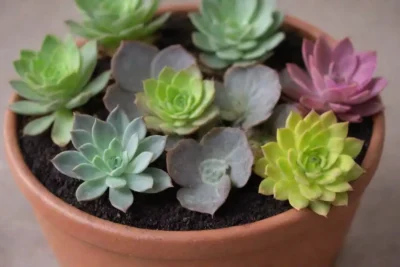
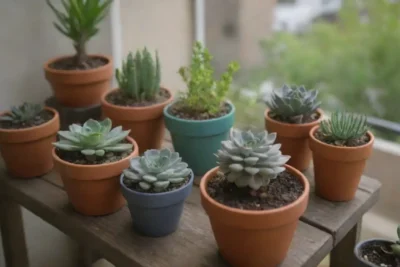
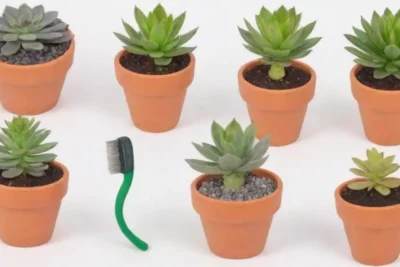
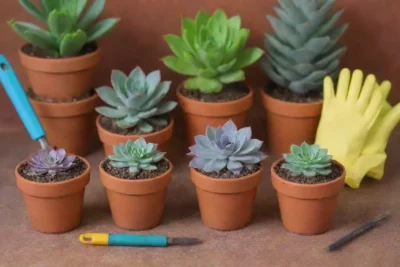
You Must Read